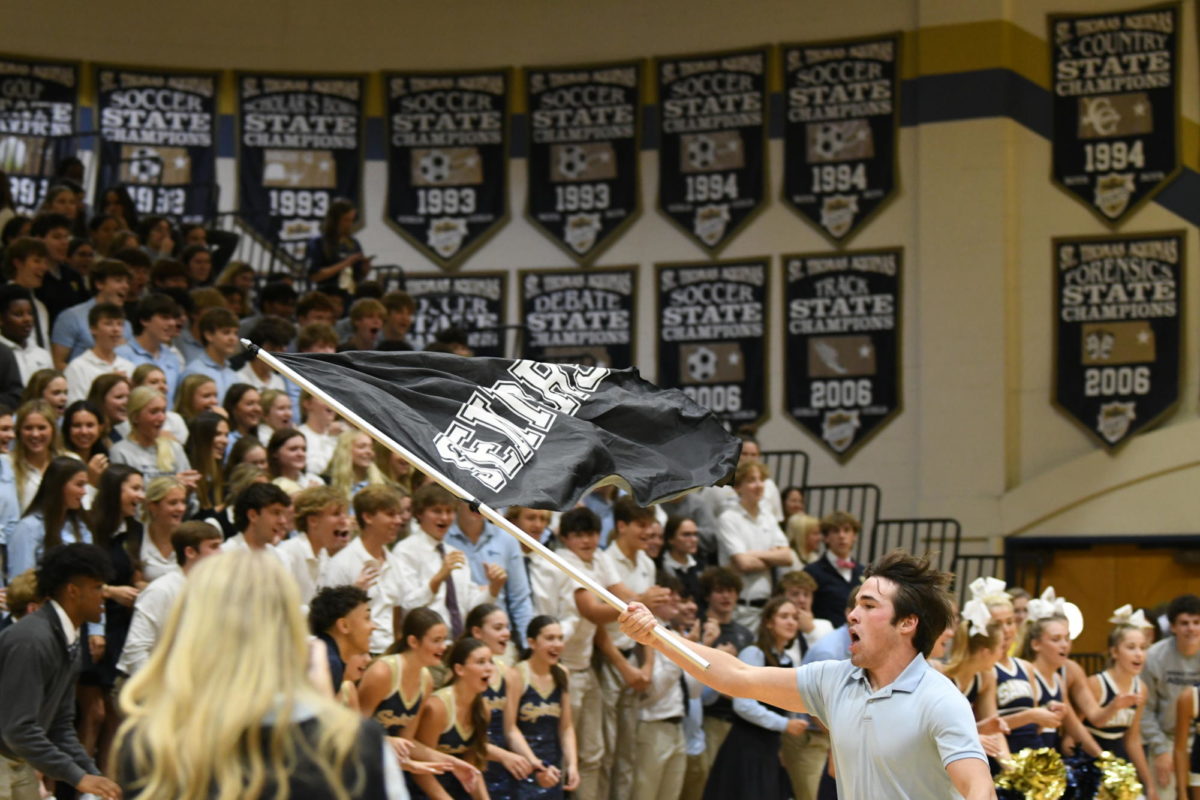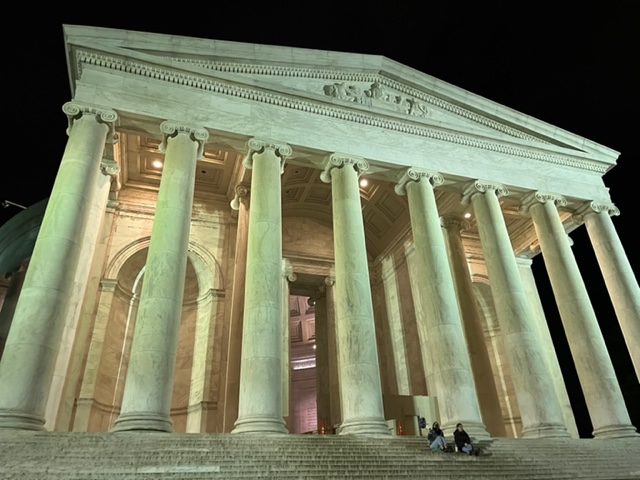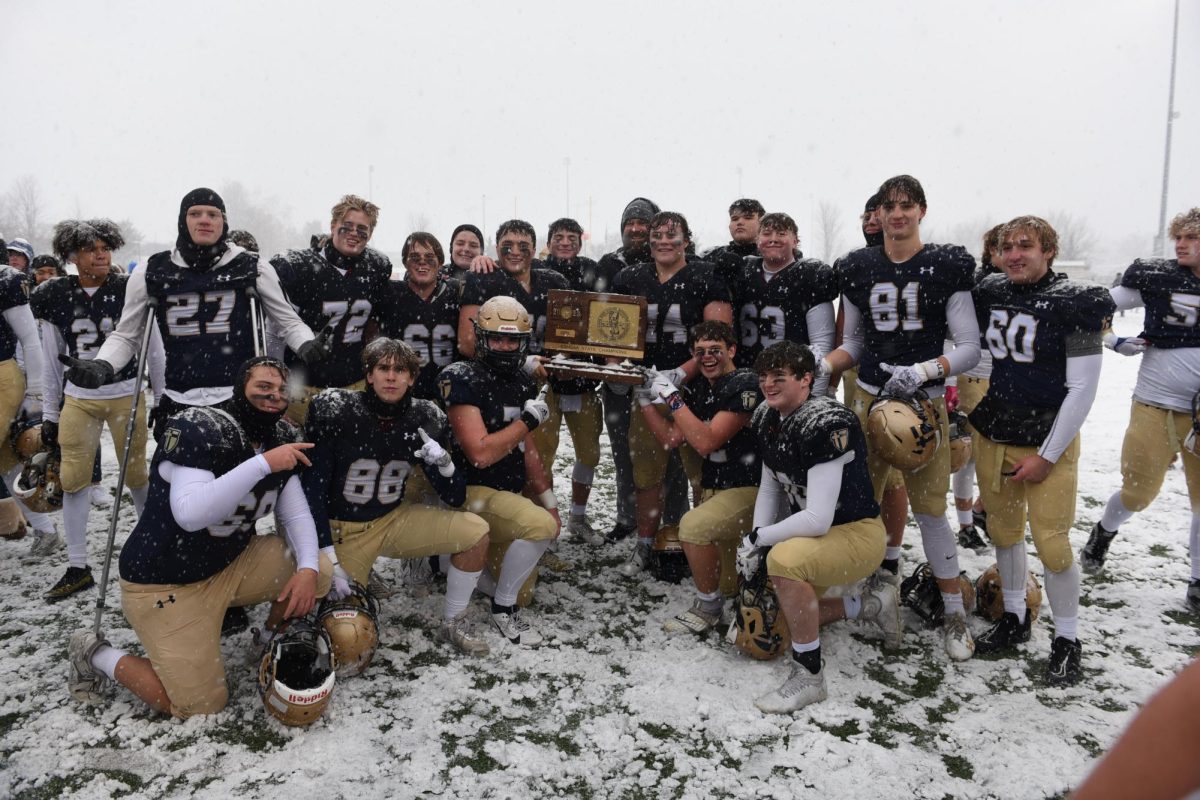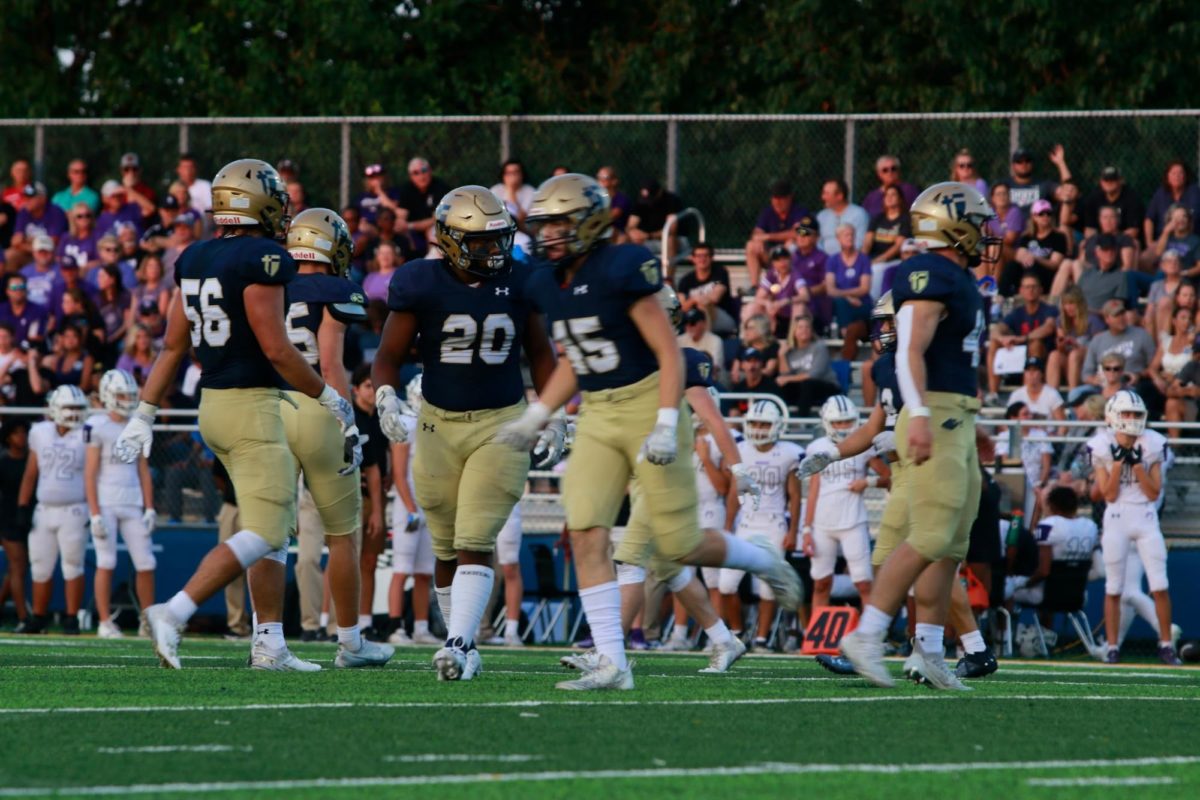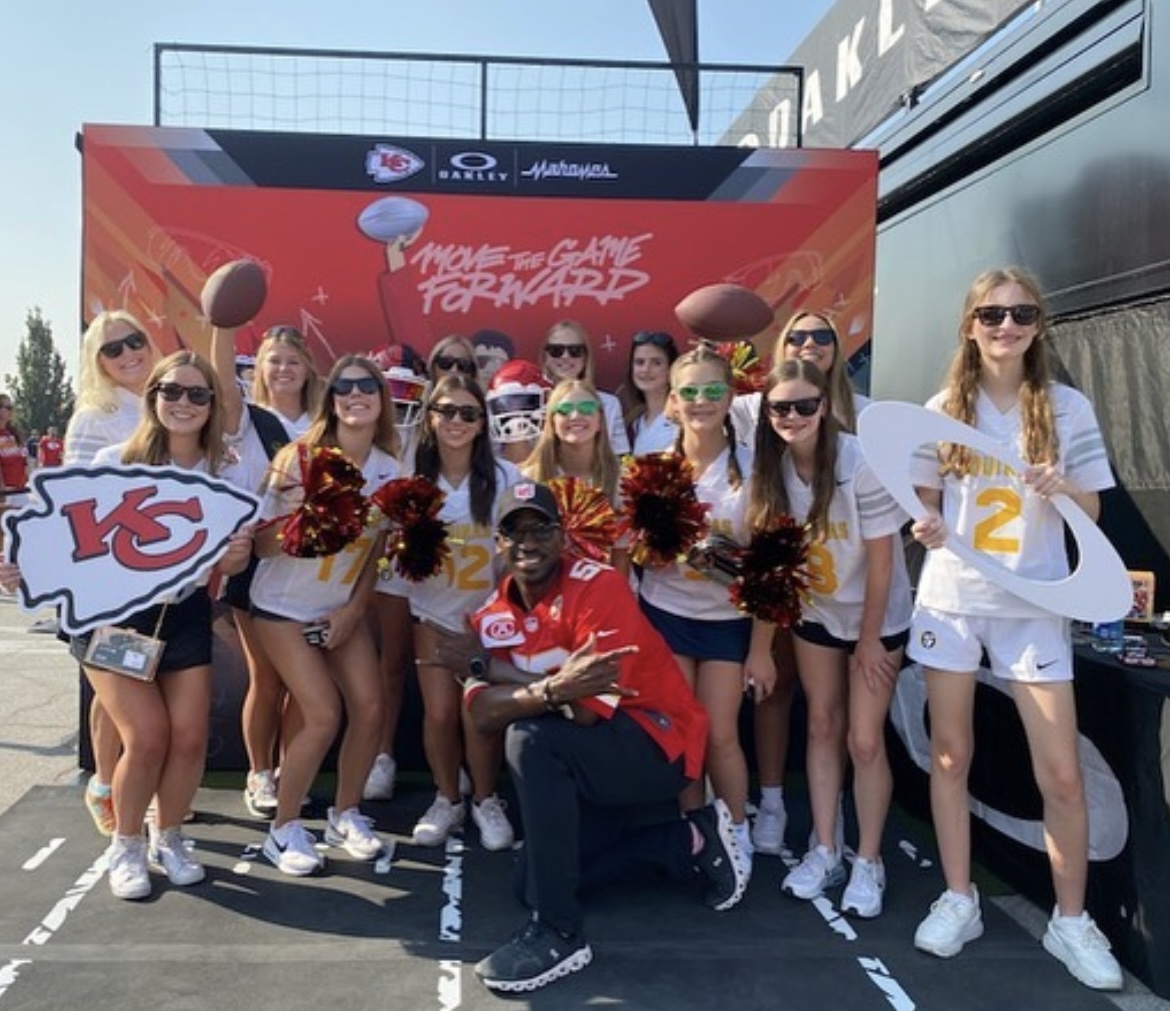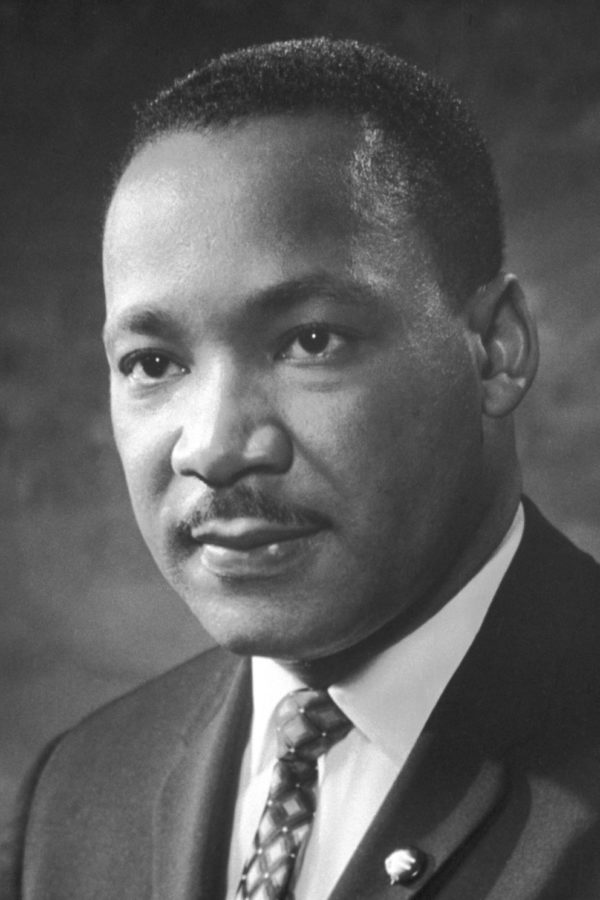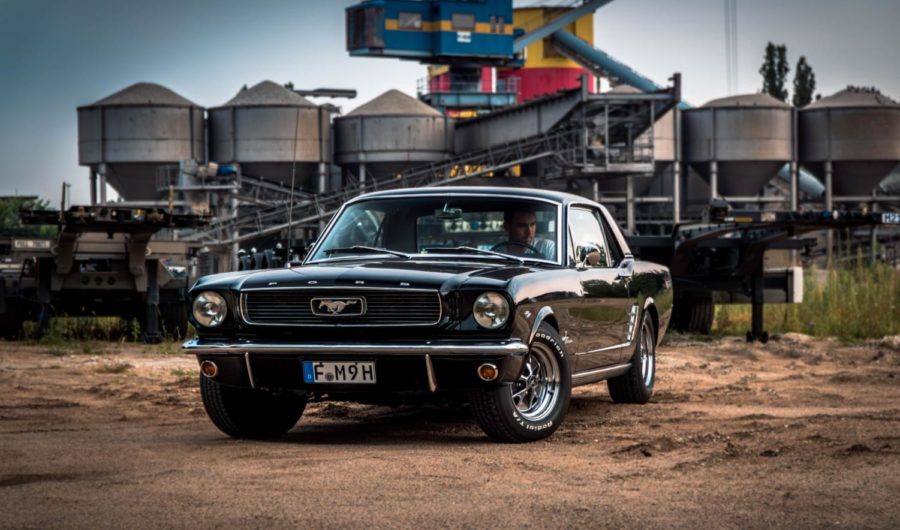American Muscle
A Short History
November 17, 2022
America. Home of football, hamburgers, and the muscle car. The Dodge Challenger, the Ford Mustang, and the Chevrolet Camaro are America’s response to the sports cars and supercars of the automobile world, and we have at least one of each in the Aquinas parking lot! You have definitely heard the white Ford Mustang revving up a thunderstorm after school, seen the shiny, metal gray Mustang with the air scoop on the hood, and glimpsed the two black and white Chevrolet Camaros prowling around the school grounds. The one Dodge Challenger looks like a friggin race car with its all-black paint job and yellow highlights along the bottom. Whenever I see any of these in the parking lot, I can’t help but stare at them in awe (which is a problem if I’m driving). These cars are very much a part of America’s history, and I firmly believe they should be part of the American History curriculum (@Mrs. Cloues).
Based on their Falcon model, Ford came out with the first iconic American muscle car, the Mustang, which was announced a year prior at the World Fair in 1964. The first-gen Mustangs were available in a plethora of optional models, which led to Ford’s sales being six hundred thousand rather than the one hundred thousand they had expected to sell. As the years progressed, Ford continued to improve the car by making it wider and longer to hold the bigger and more powerful V8 engines and wheelbase, but yearly sales began to fall as people began wanting more economical vehicles and shunned the gas-guzzling pony cars. When Chevrolet disbanded the Camaro in 1999, Ford became the only car company that continued to sell a muscle car. Then the 2005 Mustang arrived with its throwback block-shaped body in remembrance of the Gen-1 Mustang, which people responded well to. This caused General Motors (owner of Chevrolet) to bring back the Camaro, Chrysler, and Dodge Challenger.
The creation of the Camaro was Chevrolet’s rushed response to the extremely successful Ford Mustang. The first ever Chevy Camaro was sold in 1966, with a base price of $2,466. Just over 220,000 were sold in the first year compared to the 480,000 Mustangs sold in the same period of time. In 1967, the Indianapolis 500 pace car was the Camaro Convertible and later the Chevrolet Camaro Trans-Am race car won three races in the SCCA Trans-Am series in the same year. After becoming a well-known racing car, the newer commercial Camaros were made to be more of a hot rod that used many race car parts. The oil crisis put muscle cars in the rear-view mirror and the Camaro became less desirable as a commercial vehicle. Eventually, the Camaro fell away and died, seemingly for good, until it was reborn in 2010 when the Mustang became successful again.
After Ford and GM were successful in their muscle car ventures, Dodge decided to join the fun in 1970 with the first ever Dodge Challenger, which was available as a coupe or a convertible. A whole ton of customizations were available straight from the factory, such as air scoops on the hoods and cool colors with patterned racing stripes. The model stayed the same through 1972 with minimal adjustment to the body and engine, the top choice being the newer 360-cubic-inch 5.9-liter V-8. A year later, the crashing sales and oil crisis caused the Challenger to die off, until it was resurrected in 1978 as the Dodge Colt Challenger. It was essentially a rebranded Mitsubishi Galant since it was mechanically identical. They continued to sell the Challenger in this sad, lower form until 1983 and eventually fell away until they copied Ford’s retro design strategy in 2006, which they revealed as the Challenger Concept at the 2006 Detroit Motor Show. Everyone loved the retro concept, so Dodge decided to put it into production.
Each company has stuck with the basic shape of the car through the past two decades, only changing and improving the mechanics and interiors. Now, as electric cars are becoming increasingly popular, the old engine revving hot rods may soon be replaced by futuristic speedsters with clean-cut, aerodynamic exteriors and high-tech interiors. At first, I was sad to see the beefy V8’s being left behind, but now the improved speeds and efficiency of the electric motors compared to the petrol engines are becoming more appealing. The future concept muscle cars are very promising and show a continuation of the muscular body-shape with a futuristic look that is absolutely beautiful. I cannot wait to see how the history of the muscle car progresses in the decades to come and someday see some silently gliding through Aquinas parking lot.
https://www.motortrend.com/features/ford-mustang-history-generations-models-specifications/
https://www.caranddriver.com/features/g15382545/chevrolet-camaro-generations-body-styles/?slide=2
https://www.motortrend.com/features/dodge-challenger-history-photos?slide






